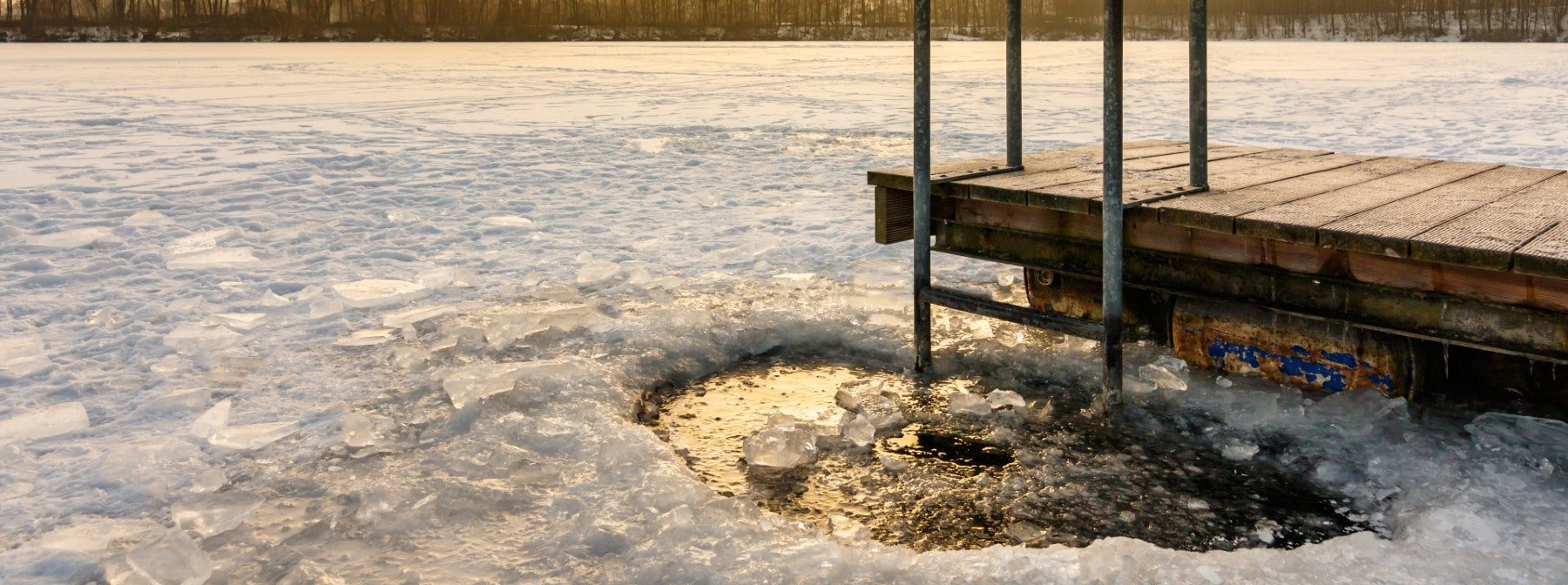
Just the thought of an ice bath can make some people shiver. Others see ice baths as an integral part of recovery and many top training facilities have designated ice bath zones. So, should you be incorporating them into your routine?
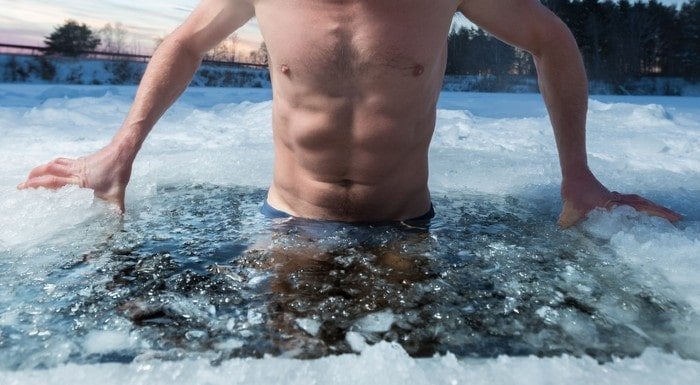
What are the benefits of ice baths?
1. Ice baths help the recovery process
When you finish working out, your body pumps oxygen and detoxes. Specifically, it flushes out compounds such as lactic acid, which causes fatigue and soreness. Lactic acid is created when glucose is broken down in the body. The more intense the exercise, the more lactic acid is created.
Ice baths cause your blood vessels to tighten and thus help the body drain lactic acid. They also reduce swelling. Once you’ve left the bath, the blood vessels widen again and let through a stream of “fresh” blood. This blood is packed with oxygen, and so it can quickly set to work reinvigorating the muscles.
2. Limits the inflammatory response
Cooling muscles after exercise can reduce the inflammatory response occurring at the muscle by causing vasoconstriction, thus limiting the volume of blood flow to the muscles. Ultimately this can blunt the effects of DOMS, meaning you will be less likely to experience significant pain and stiffness after training.
3. Decreases the effects of heat and humidity
Having an ice bath prior to an event such as a race in hot and humid conditions can help to boost performance. The human body does not perform at its best when too hot or too cold, so this tactic acts to decrease our core temperature prior to performance, ultimately aiding with homeostasis and body temperature regulation throughout the event, subsequently helping to maximise our performance for longer.
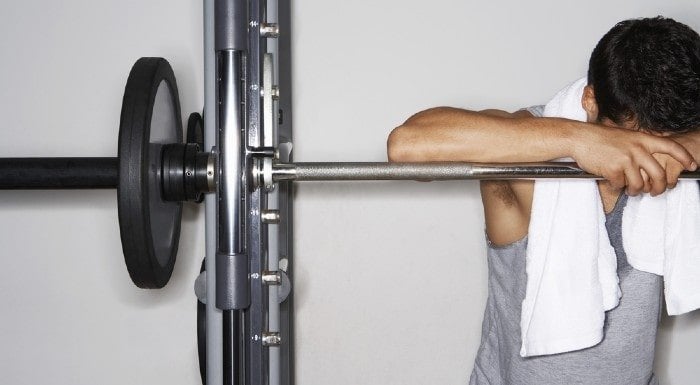
4. Acts as temporary pain relief
The coldness of an ice bath can acutely relieve soreness and pain by simply “making the body feel good” via the release of endorphins. Of course, this is not a long-term tactic to use, but they can be useful if you want some acute relief from muscle soreness!
5. Boosts your metabolism and your immune system
Boosts in metabolism from ice baths are associated with the increased metabolic energy that must be spent to increase and maintain your core temperature. This effect can be sustained for longer periods after cessation. There is also evidence to suggest that ice baths and cold-water therapy can help to boost your immune system, although more research is needed here.
6. Helps you to sleep better
Ice baths help to stimulate a drop in core temperature and facilitate the release of melatonin – both of which are known to contribute to high quality sleep. This method can be particularly effective during hotter months when it is difficult to get cool before bed.
How long should you use an ice bath for recovery?
Experts suggest a 10-minute stay in a chilly tub should do the trick, with approximately 15 minutes being the upper limit. Don’t stay in for more than 15 minutes, as it isn’t advisable to have the blood vessels tightened for so long. You should use an ice bath within 20 minutes of your workout finishing for it to be effective.
Who should use ice baths?
People who do regular intense workouts will benefit from an ice bath. If you find yourself suffering from fatigue or sluggish muscles, taking an ice bath after exercising could help. Athletes who are doing intense training in the run up to a competition or match often find ice baths can prevent them from losing momentum before their big event.
If you’re a casual exerciser or do gentle workouts, you’re unlikely to feel the benefit of an ice bath.
However, if an ice bath really isn't for you, then here are a few warm down exercises to kickstart your recovery.
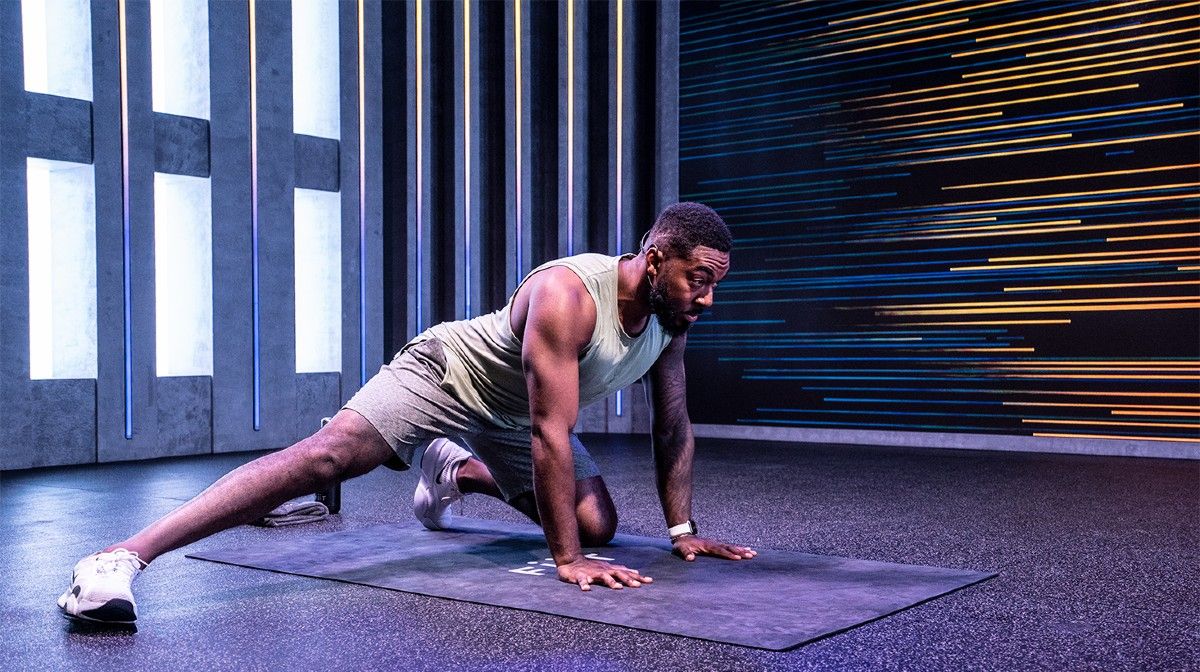
Tough Workout? Kickstart Recovery With A Cooldown From Fiit
Your muscles will thank you for this.
Would an ice bath replace a protein shake?
Although an ice bath aids the recovery process in terms of detoxing and oxygenating the muscles, it doesn’t do the same as a protein shake. Protein shakes give your muscles a surge of protein to help create lean muscle mass and to heal the micro tears in muscle tissue. The two would certainly complement one another.
Whilst an ice bath wouldn't replace your protein shake, there are a number of supplements you can take to aid with recovery.
Top tips when taking an ice bath
Ease yourself into the bath
If you think you could benefit from an ice bath, but you’re not quite sure you can handle the cold, you can always build up to it first. You could try a cool shower, or you could massage your muscles with ice immediately after working out for 10-20 minutes.
When you’re ready to try a proper ice bath, half fill a bathtub with cold water. Next, fill in your bath with around 2 to 3 large supermarket ice bags. Don’t plunge your whole body in on the first attempt. Aim to get to the tops of your legs for your first go, so try it out after leg day to get the maximum benefit.
Over a few attempts, gradually lower your body in further until you can handle the water up to your neck. Don’t submerge your head at any stage.
Timing
For maximum benefits, ice baths should be taken within 20-minutes after your workout. The optimal duration is 10-minutes, with 15-minutes as the upper boundary before it starts becoming unsafe.
Body Exposure
Wearing a wetsuit would be redundant, as it would keep you insulated and warm. Ensuring your skin is exposed to the water will allow for optimal effects from the ice bath to be experienced.
Temperature
The optimal temperature for an ice bath is around 10 degrees Celsius, although some sources cite that a range of 2-16 degrees Celsius is effective.

Are there any side effects?
Over-exposure
Over exposure to ice baths can result in adverse effects such as hypothermia and frostbite, so that’s why there is a recommended time limit for this methodology.
Risk to those with high blood pressure
When you have an underlying medical condition, you should consult your doctor prior to trying things like ice baths out. There is some evidence to suggest that blood pressure can rise during ice baths, which can result in adverse cardiac events for hypertensives. There is, however, some research that suggests there is only an acute modest increase in diastolic blood pressure, so there should be minimal risk involved.
Risks for those with diabetes
Poor blood circulation is sometimes associated with diabetes, so ice baths may not be the best idea, since they may dangerously limit blood flow to the limbs. Of course, consult your doctor prior to using ice baths.
Take Home Message
Ice baths can be an effective recovery method but should certainly not be relied upon to compensate for poor sleep, diet, or training. Ice baths are simply another tool in our training toolbox!
Enjoy this article?
READ THESE NEXT:

How Does Alcohol Impact My Performance & Recovery?
Can you hack it after a heavy night?
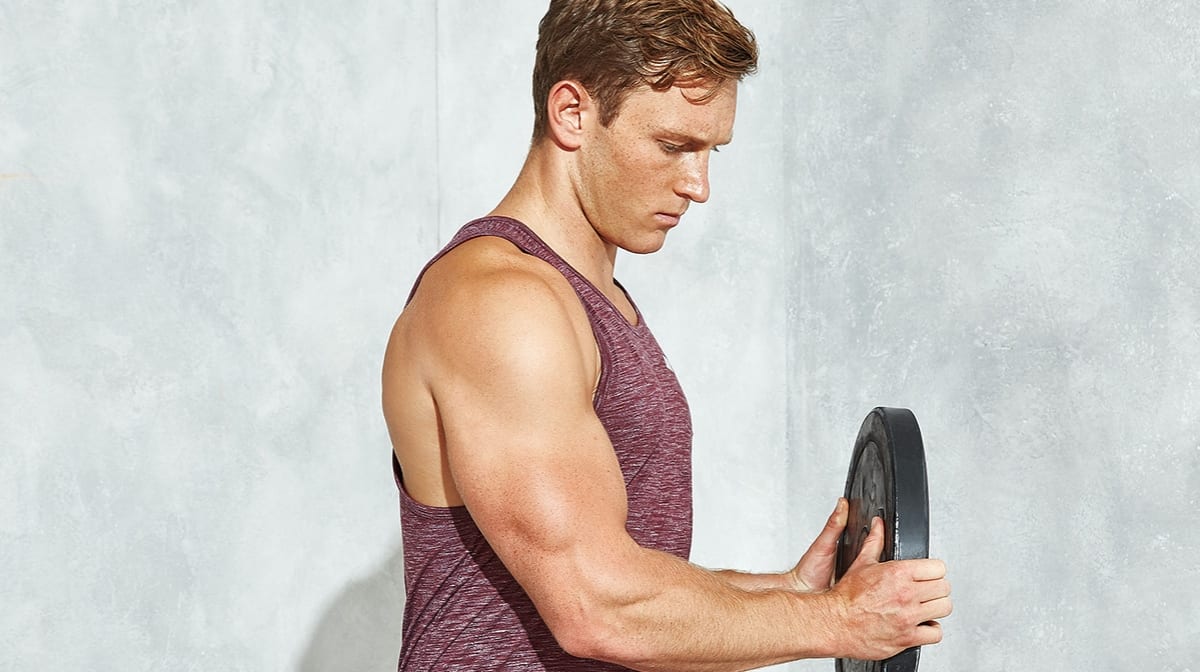
5 Essential Nutrients And Vitamins For Muscle Building
Eat right. Train right. Gain right. How to get the nutrients you need to build your body.

10 Best Vitamins & Supplements For Energy
Falling asleep at your desk? We're here to help.
Our articles should be used for informational and educational purposes only and are not intended to be taken as medical advice. If you're concerned, consult a health professional before taking dietary supplements or introducing any major changes to your diet.

Related Articles

